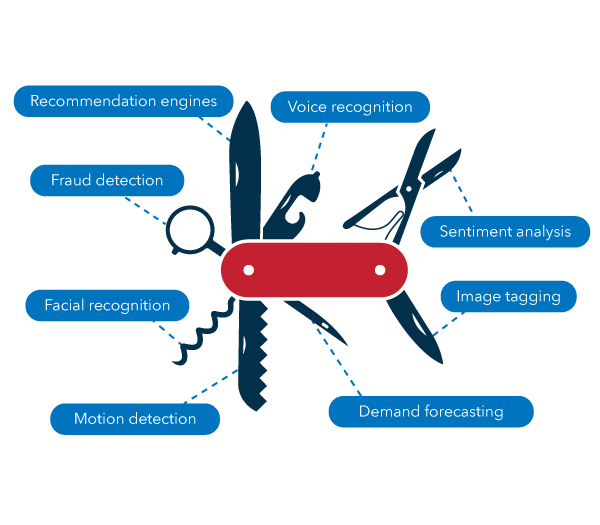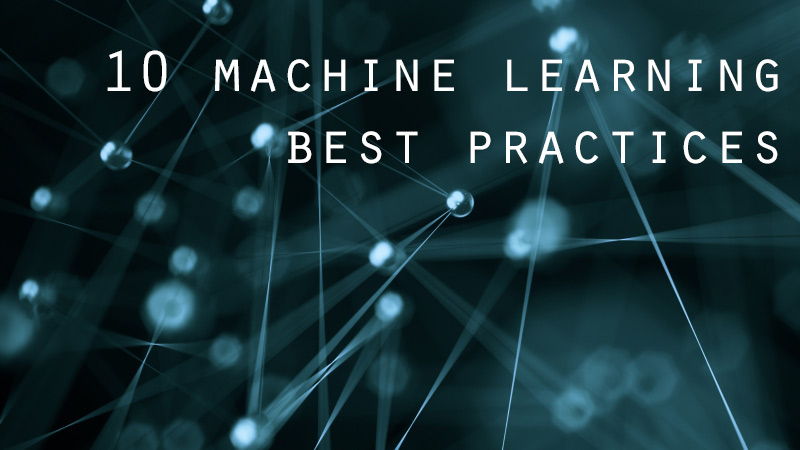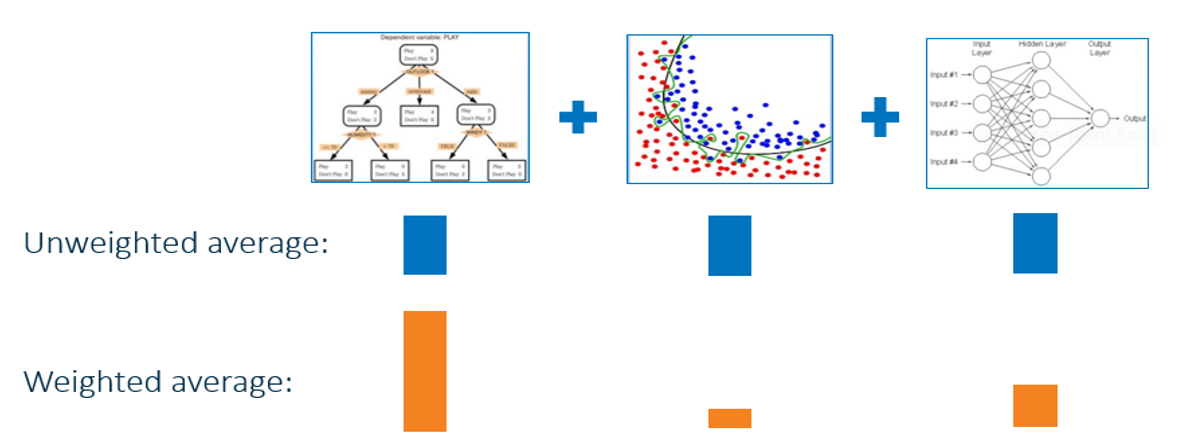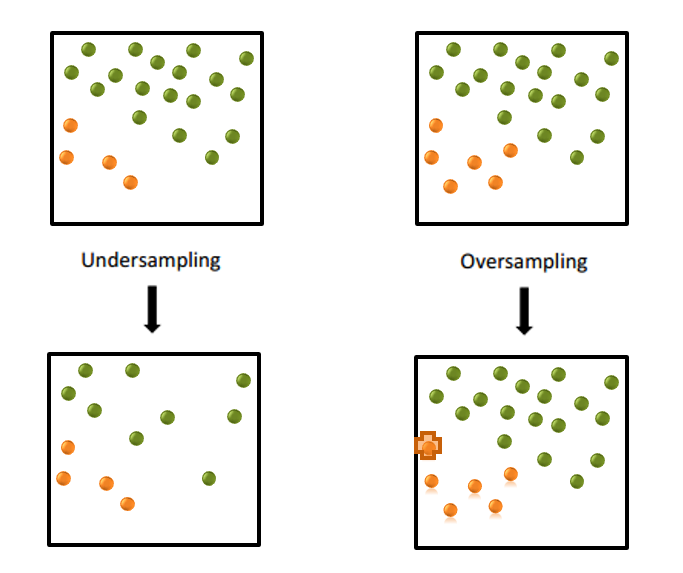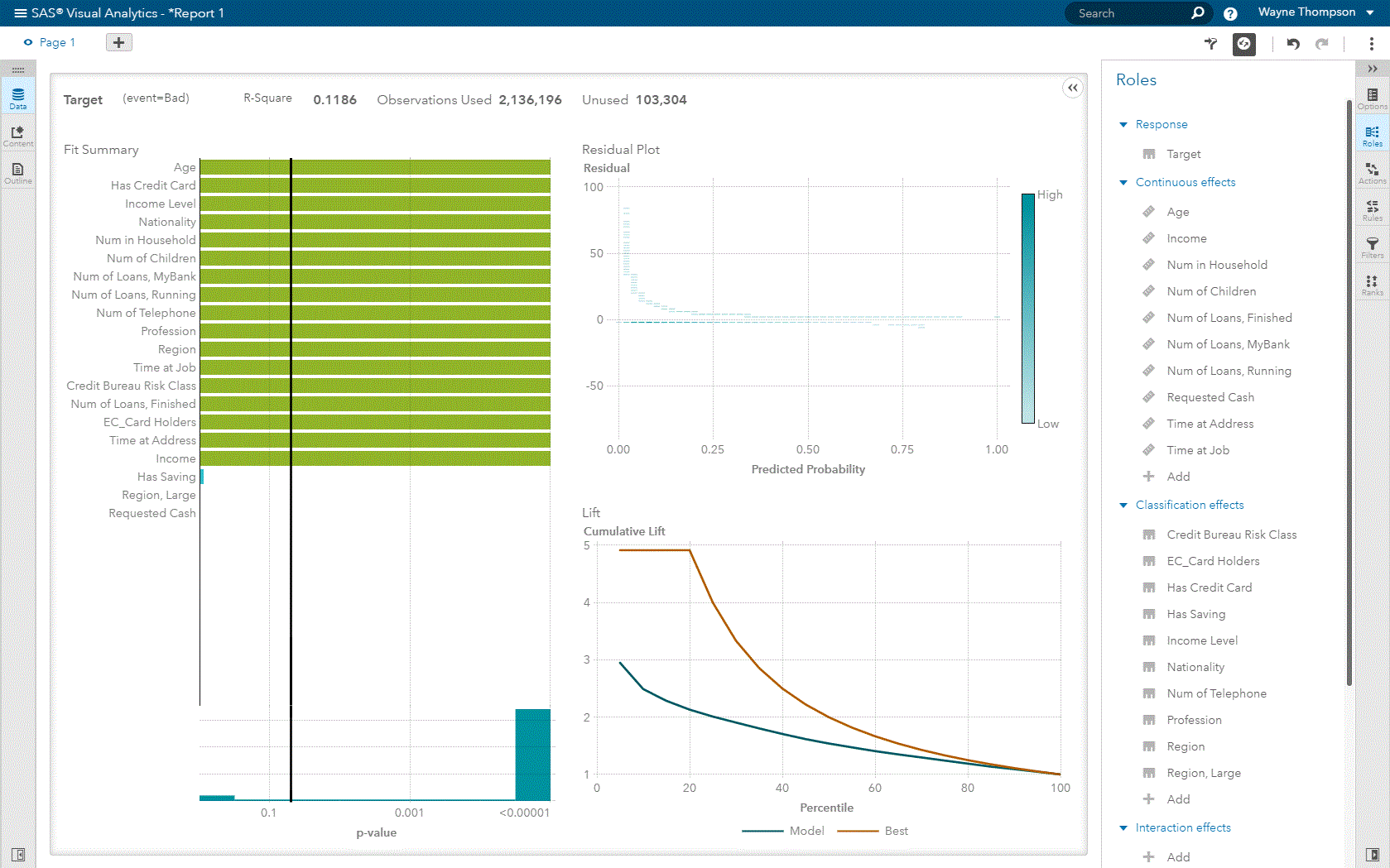
What does the AI enterprise of the future look like? That’s a tough question that I’ve been asked to consider, along with a distinguished panel at Valley ML AI Expo 2020. The title of the panel is, “Life, the Universe and the AI Enterprise of the Future.” Based on an initial chat with panel chair Gautam Khera, I’ve written up some possible topics we’ll be covering on the panel. Consider





